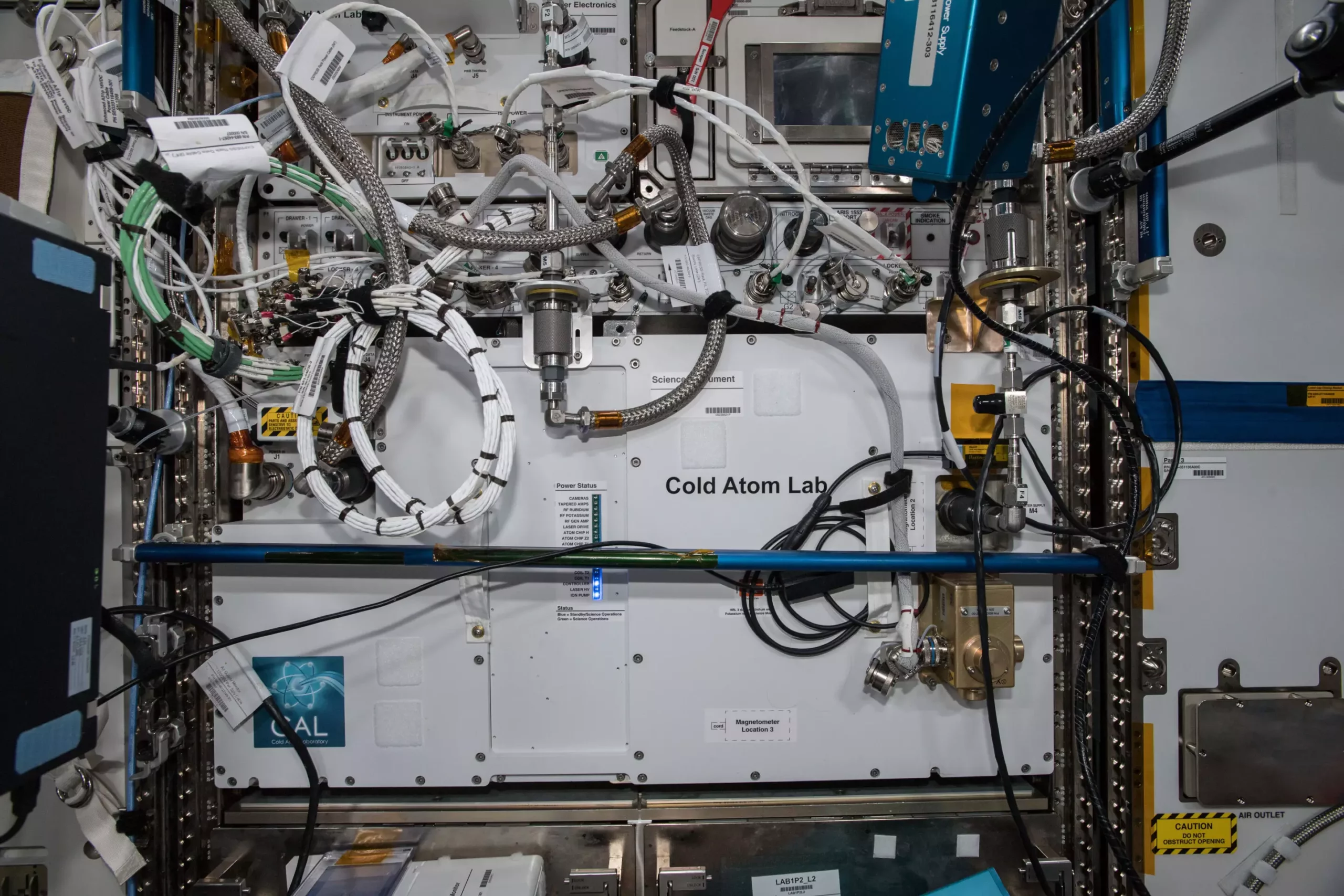NASA’s Cold Atom Lab, situated on the International Space Station, is breaking new ground in quantum science applications in space. Recently, the lab’s science team utilized ultra-cold atoms to detect vibrations in the space station – a remarkable first in space science. This groundbreaking study, published in Nature Communications, not only showcased the wave-like behavior of atoms in freefall in space but also highlighted the potential for utilizing quantum tools like atom interferometers to measure gravity, magnetic fields, and other forces in space.
Applying atom interferometry in space has long been a dream for physicists due to the unique conditions microgravity provides for precise and prolonged measurements. However, concerns about the fragility of sensitive equipment have hindered progress. The success of the Cold Atom Lab in remotely operating these quantum tools presents a significant milestone in space exploration. Jason Williams, the project scientist at NASA’s Jet Propulsion Laboratory, emphasized the dedication and adventurous spirit of the team in achieving this feat.
The potential applications of space-based sensors that can measure gravity with high precision are vast. From analyzing the composition of planets and moons to shedding light on the mysteries of dark matter and dark energy, the insights gained from atom interferometry could reshape our understanding of the universe. Additionally, the technology could provide a new perspective on testing Einstein’s theory of general relativity, opening up avenues for further exploration and discovery.
The Cold Atom Lab, about the size of a minifridge, was launched to the space station in 2018 with the goal of advancing quantum science in the microgravity environment of low Earth orbit. By cooling atoms to nearly absolute zero, the lab creates a Bose-Einstein condensate, allowing scientists to study quantum properties at a macroscopic level. Through tools like the atom interferometer, researchers can observe the wave-like behavior of atoms and delve into the fundamental nature of matter in ways previously unattainable on Earth.
The marriage of quantum science and space exploration heralds a new era of discovery and innovation. As researchers like Nick Bigelow, a principal investigator for a consortium of U.S. and German scientists involved in the Cold Atom Lab, envision a quantum future enriched with exciting discoveries and transformative technologies, the potential for groundbreaking insights into the fabric of the universe becomes increasingly tangible. With the Cold Atom Lab leading the charge, the horizon of quantum science in space appears boundless.
The Cold Atom Lab represents a significant step forward in leveraging quantum technology for space exploration. By pushing the boundaries of what is possible in microgravity environments, the lab’s achievements signal a bright future for quantum science in space and the profound impact it could have on our understanding of the cosmos.


Leave a Reply